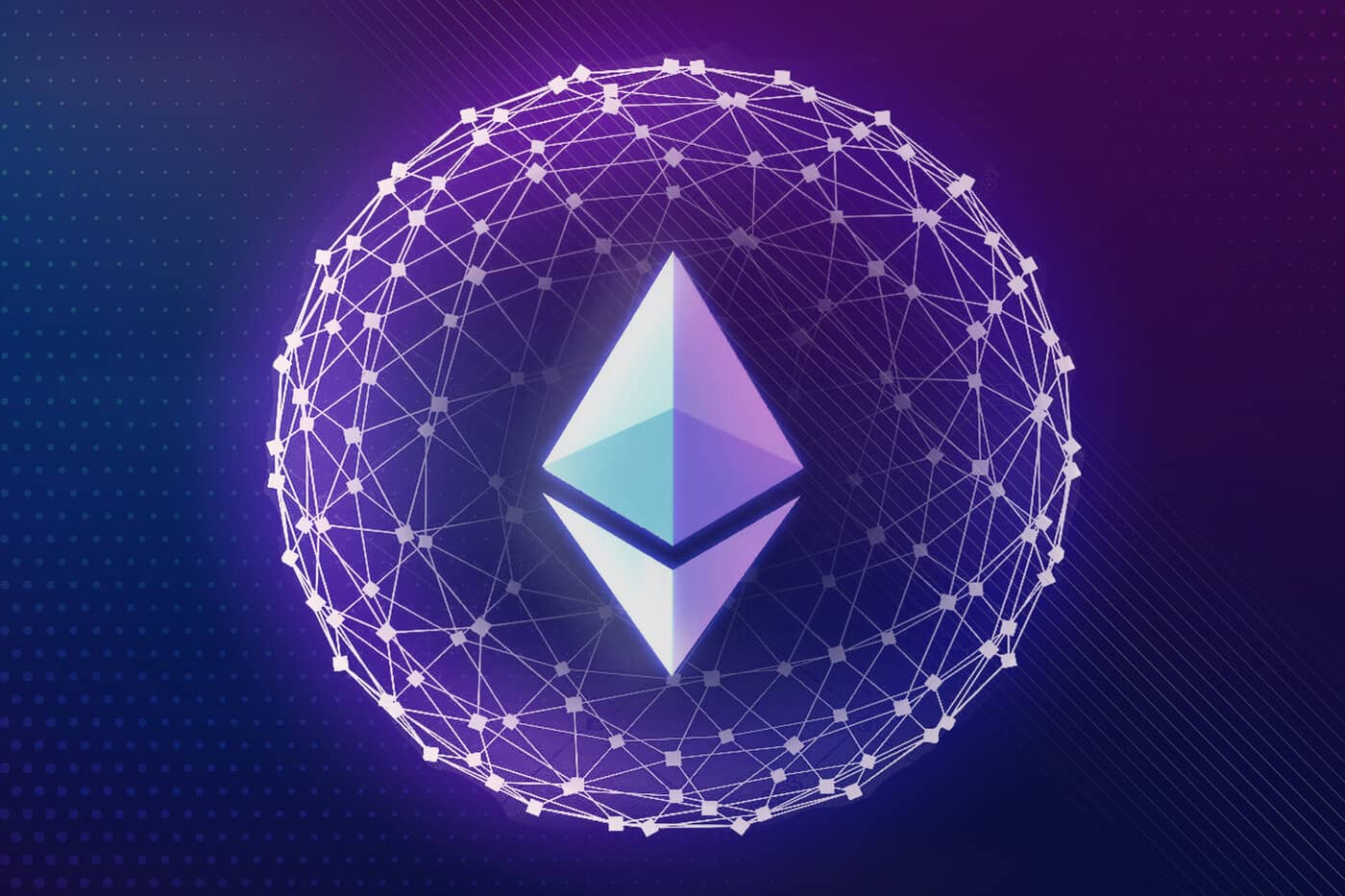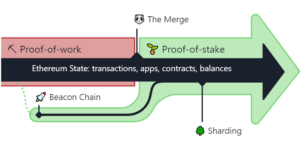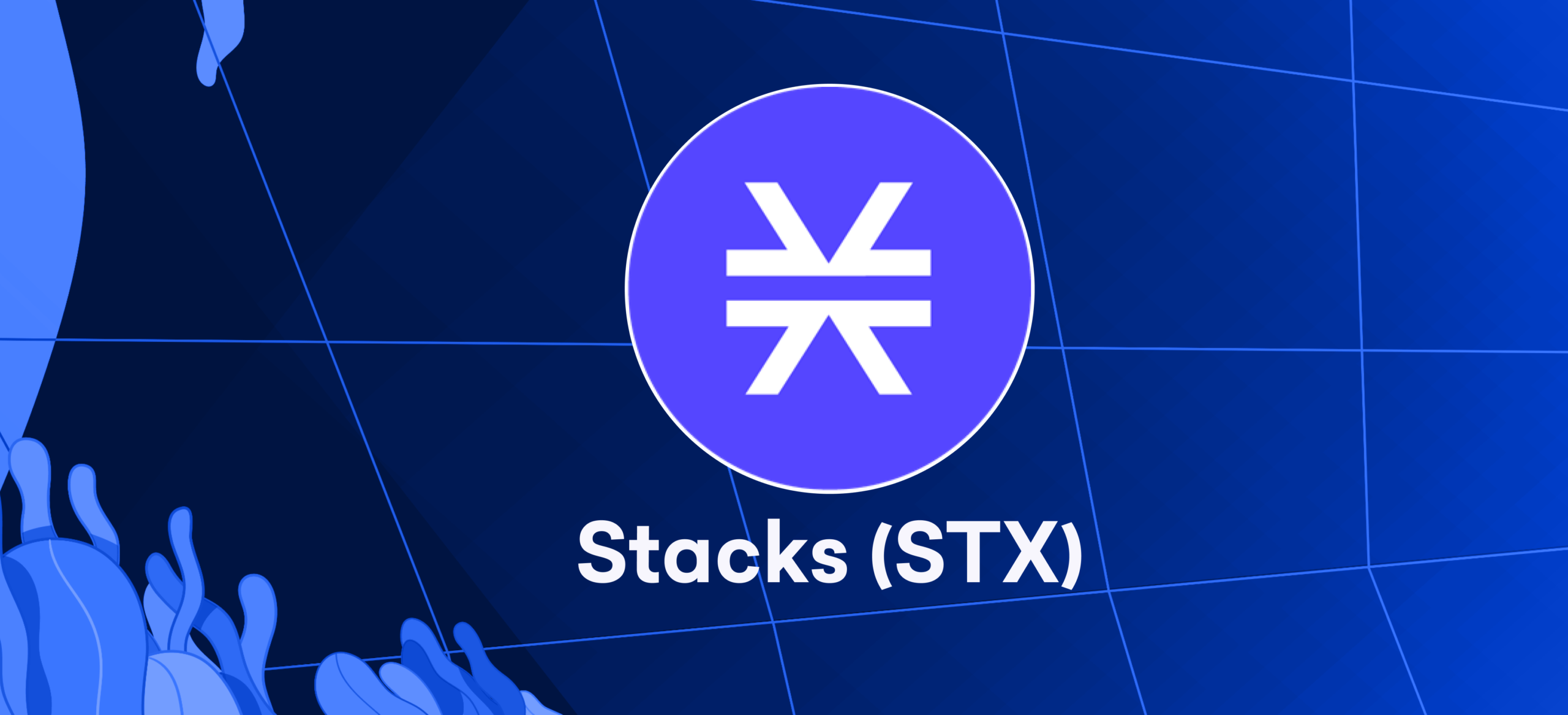
Ethereum is a blockchain platform. It serves as the ledger for Ether (ETH), its native cryptocurrency. Its main purpose is to store and execute smart contracts, which are business programs embedded in the blockchain. Moreover, the network supports the generation of new digital tokens. It also plays role in the development of dApps (decentralized applications).
The Ethereum blockchain platform was introduced by a crypto researcher, Vitalik Buterin. He first introduced the concept of blockchain technology in a white paper published in 2013, supporting apps and other benefits not necessarily focused on finance. Vitalik’s idea attracted several like-minded researchers who helped him in designing Ethereum. Meanwhile, they went public with the project in January 2014 and successfully attracted people that year.
Buterin positions Ethereum as the world’s supercomputer. But the network tries to verify a few hundred transactions in an average time period. Users trading small amounts of Ethereum sometimes have to pay more than 100% of fees and extra charges. Moreover, Ethereum still stands on some controversial technology.
However, Buterin, the Ethereum Foundation, and the network developers are aware of the project’s shortcomings. The Ethereum team also knows that the limitations of the network keep interested parties and institutional investors away from adopting Ethereum. Therefore, the developers of ETH and Buterin have planned a network upgrade called Ethereum merge, or Eth2 to reduce Ethereum’s scalability problems. Ethereum 2.0 will fundamentally alter how Ethereum works.
What Is The Merge?
The merge or Ethereum 2.0 (ETH2), is an updated form of the ETH blockchain. In short, “The Merge” is a crypto term or slang. This marks Ethereum’s transition from the old PoW blockchain to the new PoS Beacon Chain. The Ethereum merge went live in mid-September last year and represented the end of Ethereum’s PoW mechanism.
The ETH Foundation clearly defines this term:
“The Merge represents the joining of the existing execution layer of Ethereum (the mainnet we use today) with its new proof-of-stake consensus layer – the Beacon Chain.”

A PoS consensus algorithm brings many advantages over a PoW. It is enhancing various aspects of a network like security, accessibility, and scalability.
Proof-of-stake Vs. Proof-of-work
Proof-of-work
In blockchain technology, the world’s first digital currency BTC (Bitcoin) has implemented Proof of Work(PoS) as the first consensus mechanism. In this method, miners solve complex mathematical functions called hashes and verify blocks using high computing power. There are specific amounts of transactions in each block of the blockchain network. When a block is complete, it is verified by miners and listed.
Unfortunately, mining for blocks is bad for miners’ pockets and the environment. Because it uses a lot of electricity, which significantly increases miners’ electricity bills. Moreover, crypto mining is a competition. In this mechanism, miners with one or a few graphics cards compete against miners with hundreds or thousands of graphics cards to verify transactions. Only the first miner to verify a block gets new coins. With proof of work, Ethereum’s annual power consumption is about the same as Finland’s.
Proof-of-stake
PoS solves many of the problems linked with the PoW consensus algorithm. PoS is similar to mining in that users are required to verify transactions. However, POS network participants are called validators rather than miners. Validators are individuals who stake a number of digital assets into the network for a specific period of time.
Simply put, users lock their funds to become a validator on the network. The amount of reward is directly proportional to the validator’s staked coins. However, validators are liable for validating transactions on the blockchain network in which they are participating. When a participant verifies a transaction, it is added to the blockchain network. As a result, the validator receives new coins as a reward.
PoS is more accessible compared to PoW systems. Anyone with money can take part in PoS without the need for expensive equipment. Also, there is less risk of PoS attacks than PoW. The Ethereum upgrade comes with all proof-of-stake benefits. An important advantage is that the financial pressure on the user’s wallet will be reduced. This latest move will attract users around the world.
What Is The Ethereum Beacon Chain?
The Beacon Chain is the processing engine of the merge. It was released in December 2020. The goal of Beacon Chain was to test and design a proof-of-stake algorithm for the consensus layer.
The Beacon chain exists as a separate blockchain but runs parallel to the old Ethereum PoW blockchain. However, it did not provide any smart contract mechanism. Upon activation, it started accepting ETH tokens from those who want to participate in the network.
In simple terms, the Beacon Chain has until now served as a de-facto testnet for Ethereum 2.0, but with Merge everything changes. The diagram shown above shows that the Ethereum Merge is the result of the convergence of two systems. It is the combination of Beacon Chain running on PoS and Ethereum’s current mainnet running on PoW. This has some important implications for the network, but key factors include:
- Funds are secure
- No more ETH mining
- No history will be wasted
In the past, the Ethereum blockchain or execution layer was called the Ethereum Mainnet. It includes smart contracts and network rules.
For two years, the Beacon chain and Ethereum Mainnet have been operating simultaneously.
It means that both PoW and PoS were used. However, it still uses a lot of electricity. But it had to be done to show that PoS could work efficiently and effectively.
Ethereum Vs. Ethereum 2.0
Energy consumption is the main difference between Ethereum PoS and Ethereum 2.0 PoW. PoS is more energy efficient than PoW. Because PoS requires less CPU power for securing the blockchain. ETH2 is much faster, more secure, and more efficient than the original Ethereum. ETH can only manage about 15 transactions per second. While Ethereum 2.0 can manage more than 100,000 verifications per second.
Will Ethereum 2.0 Overtake Bitcoin?
BTC was designed as a payment method. It is the most accepted virtual currency in the world.. Whereas Ethereum is an extensible global firm that aims to empower other developers to design blockchain-related projects. Also, its native token, ETH, can be used for payment.
If we talk about market value, it’s hard to say which will last or end up being more valuable. Still, Bitcoin is the leading digital currency in the market, hopefully, the new developments in ETH will overtake it soon.
Staking ETH2
Previously, Ethereum was expensive and difficult to mine due to high power consumption and expensive computing requirements. However, staking coins is pretty simple. This can even be done through crypto exchanges such as Coinbase or Binance. Most crypto firms have minimum requirements for ETH staking compared to others.
If you belong to a region that allows staking, which includes the United States – excluding New York and Hawaii – you can verify transactions on the latest PoS Ethereum blockchain and can receive profit. Additionally, you can stake ETH yourself instead of choosing a large crypto exchange. This is referred to as “solo home staking.” It requires 32 ETH to start.
Ethereum Sharding
The Ethereum 2.0 upgrade is not yet complete. There is one more upgrade left. Now the ETH blockchain network is more sustainable. However, its development team and owners are entering the final stages of introducing ETH2 Sharding.
It is the distribution of the whole ETH network into various portions called ‘shards’. It will enhance the blockchain’s capacity and scalability. Distributing the data processing load decreases network congestion and improves transactions per second.
Notably, Ethereum will remain decentralized due to sharding. Additionally, it will increase security and processing power without increasing the circle of the database. In the future, developments in the crypto space will enable shards to execute code, handle transactions, and manage smart contracts. But first, it must be implemented, which will now happen in 2023.
Bottom Line
Ethereum has completed the biggest evolution in its history by adopting the Proof of Stake mechanism. But it is important to note that the move to PoS has not caused any outstanding changes in cryptocurrency valuations. It just changed the mood of the action of blockchain technology. It is an environment-friendly, energy-efficient, and fast method.
However, the merger will not directly affect your profits or funds if you invest in ETH. Additionally, miners still have the option to carry on with mining on the EthereumPoW blockchain and receive new Ethereum coins.








